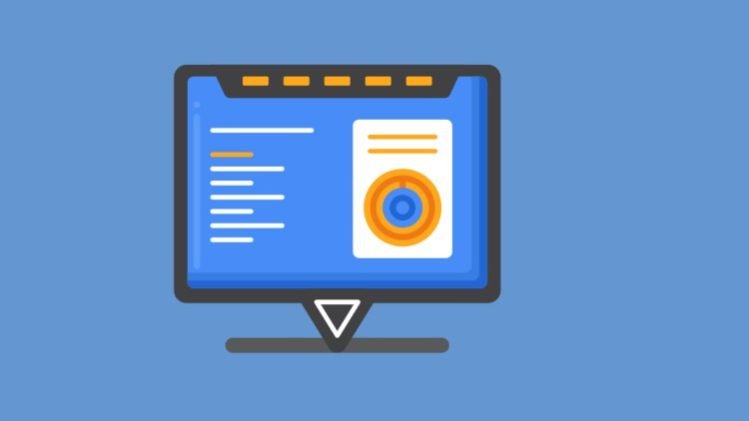Python GUI (Graphical User Interface) development is the process of creating desktop or web-based applications with a graphical user interface using the Python programming language. GUI applications allow users to interact with the application through visual elements such as buttons, menus, textboxes, and other graphical widgets.
Python is a popular programming language for GUI development because it offers a wide range of tools and libraries for creating graphical user interfaces. These tools and libraries simplify the process of building complex user interfaces, allowing developers to focus on the core functionality of their application. Some of the popular libraries for Python GUI development include Tkinter, PyQt, PySide, wxPython, Kivy, and PyGTK.
Python GUI development can be used to create a wide range of applications, from simple utilities and tools to complex desktop applications and web-based applications. Some examples of Python GUI applications include image editors, video players, text editors, web browsers, and scientific tools. Python’s versatility and ease of use make it a popular choice for developers who want to create user-friendly and interactive applications.
Tkinter is a standard Python module for creating graphical user interfaces (GUIs). It provides a set of tools and widgets that allow developers to create desktop applications with graphical user interfaces in a straightforward manner. Tkinter is based on the Tcl/Tk GUI toolkit, which was developed for the Tcl programming language, but it has been ported to Python.
Tkinter provides a wide range of GUI elements, such as buttons, labels, textboxes, menus, and dialogs, which developers can use to build their applications. These elements are customizable, and developers can change their appearance and behavior using various properties and methods. Tkinter also offers a layout management system that allows developers to arrange the widgets on the screen in a way that is intuitive and visually appealing.
One of the main advantages of Tkinter is that it is included in the standard Python distribution, so it does not require any additional installation or setup. This makes it easy for developers to get started with GUI development in Python. Additionally, Tkinter provides cross-platform support, which means that GUI applications developed with Tkinter can run on different operating systems without any modifications.
Tkinter allows you to develop desktop applications using Python with very little code. You can use various widgets such as buttons, labels, entries, text boxes, scrollbars, comboboxes, radio buttons, etc. to create interactive GUIs with Tkinter You can also use different geometry managers such as pack, grid and place to arrange the widgets on a window or frame
Overall, Tkinter is a powerful and flexible tool for building GUI applications in Python. It offers a wide range of features and functionality that can be used to create applications with sophisticated graphical interfaces.






